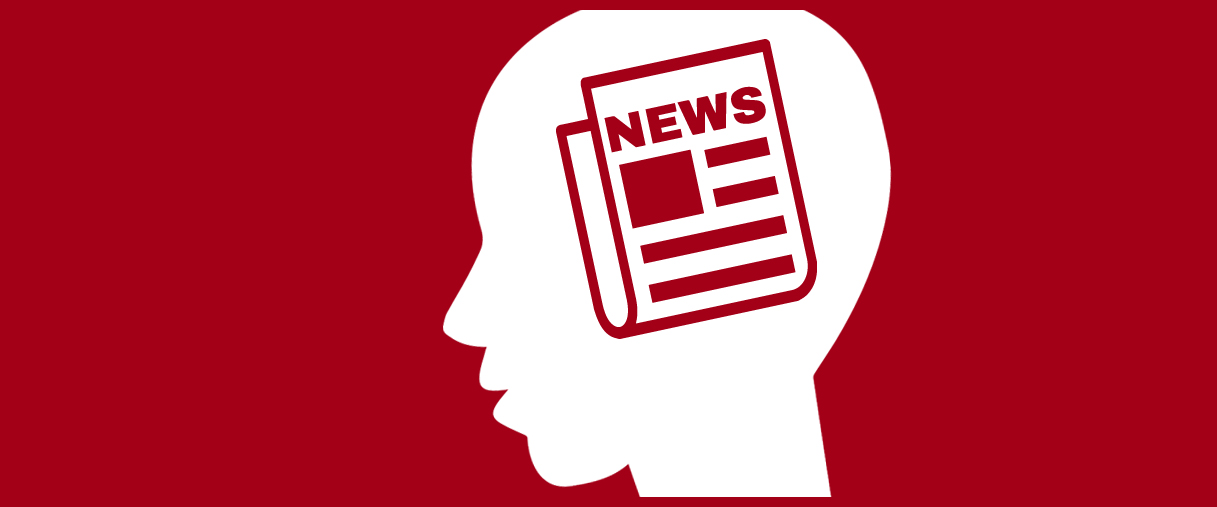
description of activity
Adapted from Toolbox: Journalism training, discrimination and diversity. Council of Europe
At the beginning of the exercise, participants are given different news stories from mainstream newspapers. They are asked to look out for and underline certain trends in the texts: particular words, or their usage, perhaps an obviously prejudicial remark or association made. Afterwards, they discuss what they have underlined and try to understand how or why it has been used, what the meaning is, whether a subtext is being used intentionally, etc.
During the discussion about the assumptions made by reporters covering this story, many students were able to identify confusions of fact and commonly held prejudices. Greater understanding of a controversial issue will hopefully encourage the students to both think and write differently in the future.
Following the discussion, participants are asked to rewrite the stories they selected in their own word
ASSESSING THE LEARNING OUTCOMES
The assessment will be based in the results of the group discussion and the rewritten articles. The focus of the activity is not on the final result, but on the group and individual awareness of their own prejudice and the importance of words.
Some questions that can be asked:
- Why do you disagree with some of the words /expressions/ ideas present in the article?
- How do you think these ideas /words/expressions are present in the article?
- Can you use alternative words / expressions to tell the story in a ‘fairer’ way?
Discuss the role of the journalist: to offer information or reinforce stereotypes and prejudice?
information on the activity
This is an exercise used in some general journalism classes such as ‘news gathering’ and ‘news editing’ at the University in Istanbul, Turkey.
This exercise is aimed at getting students to identify how the mainstream media presents and re-presents comment and bias as ‘factual’.
Participants will be able to
apply existing journalistic research skills regarding verification of information and sources with regard to reporting on migrants, ethnic/religious minorities, LGBTQIA+, people with disabilities, women, youth and senior citizens
INFRASTRUCTURE
Training room with chair and table.
MATERIALS
Pen and paper
Flipchart and markers
Cuttings or printouts from newspapers /online news
DURATION
90 minutes
RECOMMENDED NUMBER OF PARTICIPANTS
10-12
